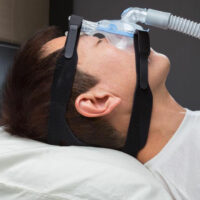
Six Common Symptoms of Pneumonia
Pneumonia is an infection which causes inflammations in the air sacs, medically termed as “alveoli,” in one or both lungs. When you have pneumonia, these alveoli get filled with fluid or pus thus making it hard. As a result, the lung’s ability to transfer oxygen to the blood gradually reduces, finally leading to death. Pneumonia can be divided into lobar pneumonia, which affects a single lobe, and multilobar pneumonia which creates patches in several lobes. Additionally, pneumonia may affect either a single lung called unilateral pneumonia, or both lungs called bilateral pneumonia. Pneumonia could turn into a grave issue for children and also to the elderly within the age bracket of 65. It triggers uncalled for health conditions and impaired immune systems. One of the important types of pneumonia is hospital-acquired pneumonia or HAP. It is caused when a patient is admitted to hospital for some other ailment. It mostly occurs when someone has been admitted to ICU or on a ventilator. HAP is more severe than other kinds of pneumonia. Another important type of pneumonia is community-acquired pneumonia or CAP. It is very common and develops outside of the hospital or other healthcare surroundings. The most common causes of pneumonia are transmitted through a bacteria which cause pneumonia in adults.
Read More 







